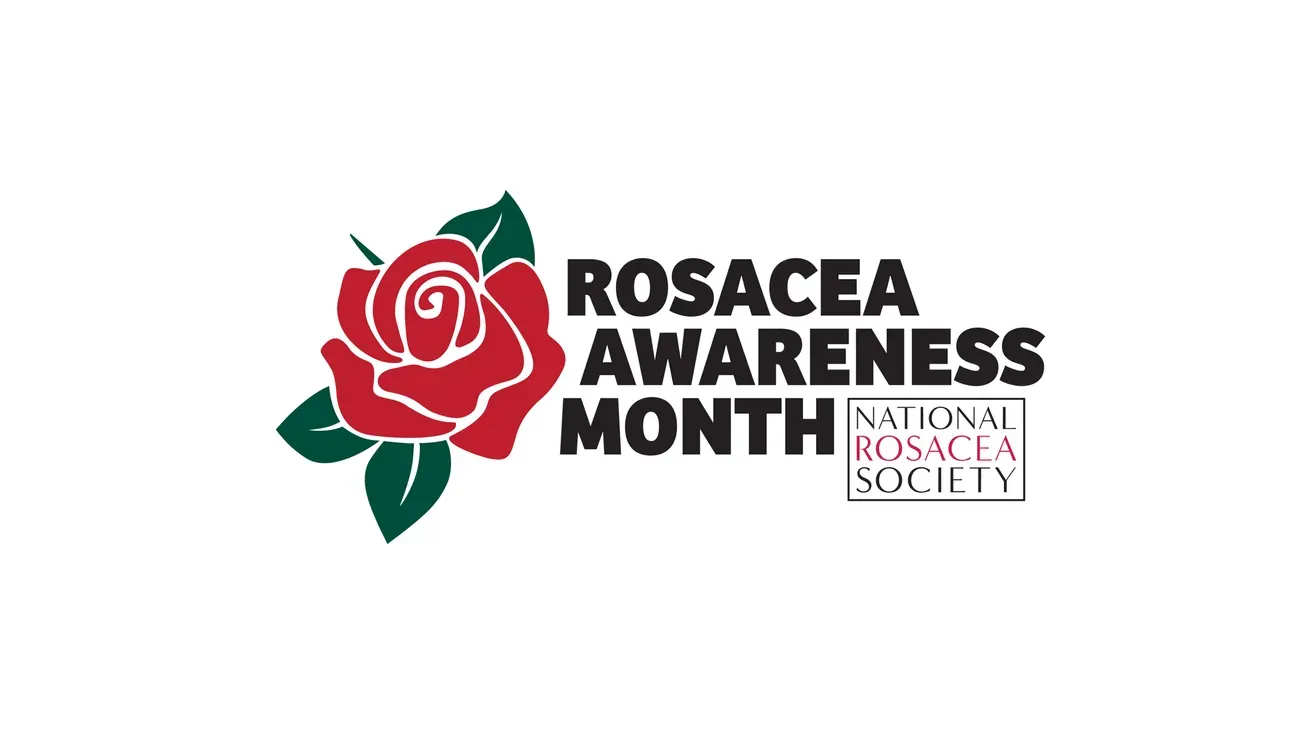CHICAGO — The National Rosacea Society today announced it has published an updated version of its Rosacea Treatment Algorithms in the Physicians section of its website, rosacea.org. The new version is organized according to the phenotype model established by the 2017 updated standard classification and pathophysiology of rosacea, and suggests therapeutic approaches to mild, moderate and severe presentations of each phenotype based on the 2019 update to the standard management options for rosacea, as well as the original management options3 and studies of more recently developed therapies.
“Rosacea varies greatly from patient to patient in terms of signs and symptoms, environmental and lifestyle triggers, and responses to treatment,” said Andrew Huff, president and executive director of the National Rosacea Society. “The Rosacea Treatment Algorithms are intended to provide a comprehensive summary of therapeutic options for each phenotype of the disease, allowing physicians to tailor therapy for each individual case to achieve optimal patient outcomes.”
Rosacea is a chronic disorder of the facial skin that is often characterized by flare-ups and remissions. Because rosacea’s signs and symptoms can vary so widely, the chronic facial skin disorder was initially classified into four subtypes. However, with the explosion of research in the last 20 years, it has become clear that rosacea’s often fluctuating and seemingly unrelated signs and symptoms are part of a single underlying inflammatory continuum. Rosacea is now identified according to its individual characteristics, or phenotypes, which may appear in different combinations and at different times.
According to the updated standard classification of rosacea, the presence of persistent facial redness or, less commonly, phymatous changes where the facial skin thickens is considered diagnostic of the disorder. Additional major signs, which often appear with the diagnostic features, include papules and pustules (bumps and pimples), flushing, telangiectasia (visible blood vessels) and certain ocular (eye) manifestations. The presence of two or more major features independent of the diagnostic signs is also considered diagnostic of rosacea, and secondary signs and symptoms include burning or stinging, swelling and dry appearance. This new targeted approach encourages consideration of the full range of potential signs and symptoms, better assessment of their severity, and selection of treatment that is more precisely tailored for each individual case.
The NRS offers additional educational materials to patients and physicians, including “Understanding Rosacea,” a free patient booklet that provides an overview of rosacea’s potential signs and symptoms, also known as phenotypes; “Coping with Rosacea,” a patient guide to eliminating those lifestyle and environmental factors that aggravate rosacea in individual cases; “Recognizing Redness,” a measurement gauge for the most common sign of rosacea; Rosacea Review, a newsletter for rosacea patients; and the “Rosacea Diary,” a booklet containing diary pages to help patients identify and avoid their personal rosacea triggers. The materials may be ordered online at rosacea.org.
The updated Rosacea Treatment Algorithms were made possible by a grant from Journey Medical Corp.







